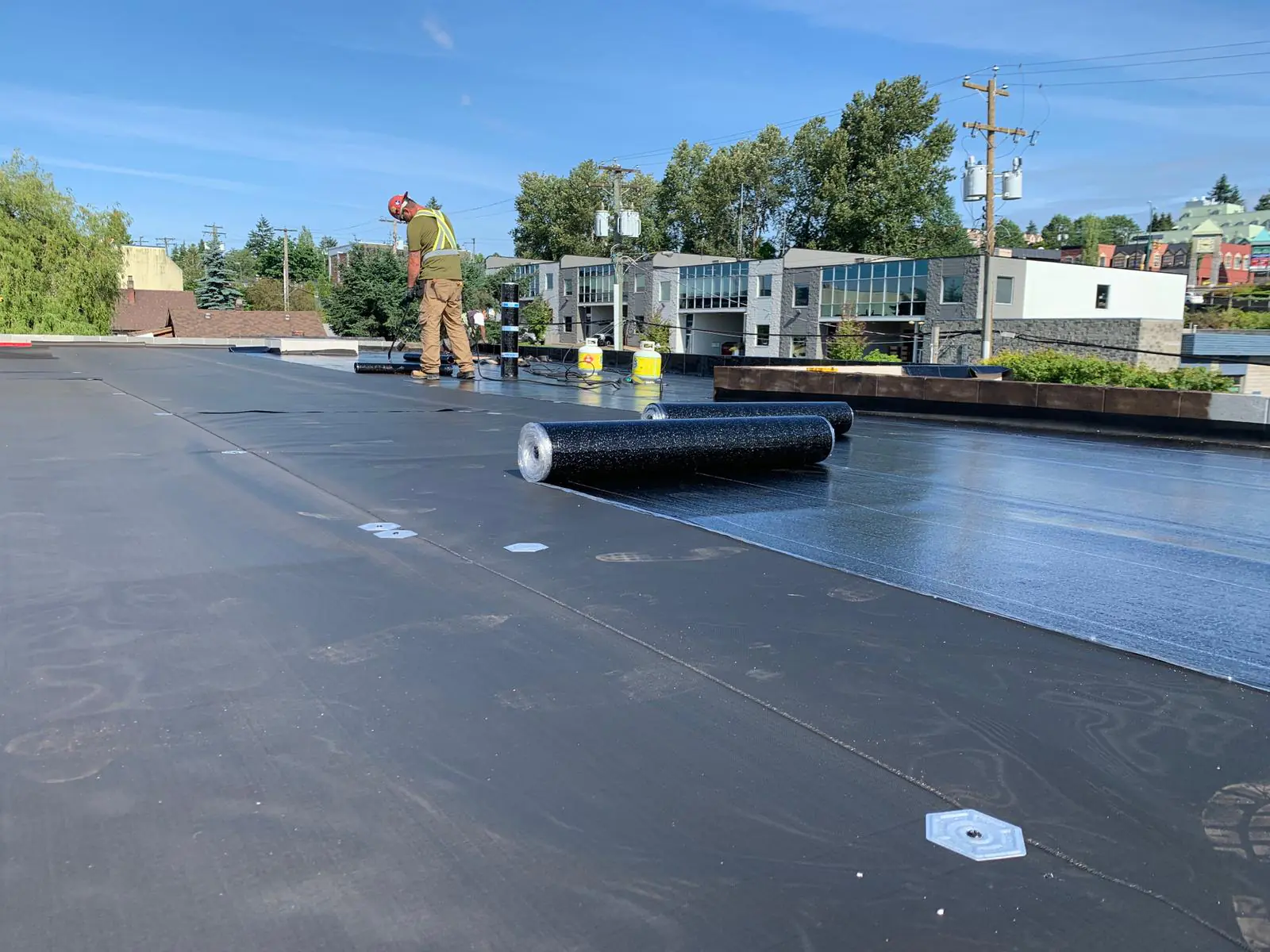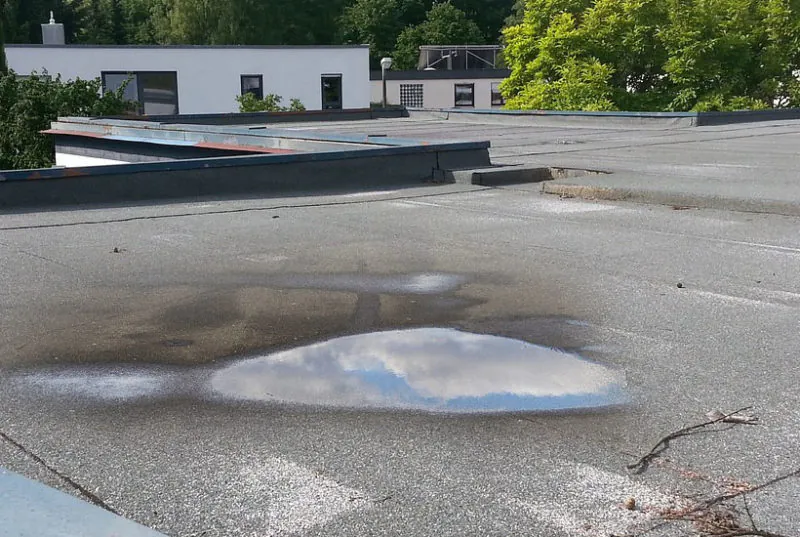Yet, many still rely on outdated, unreliable methods to verify Waterproofing Integrity.
There’s a better way.
Electronic Leak Detection (ELD) Changes Everything
ELD is a non-destructive method that uses electrical currents to detect breaches in waterproofing membranes. Unlike flood testing—slow, destructive, and often inconclusive—ELD is:
- Instant & Precise – Finds breaches down to the millimeter.
- Non-Invasive – No need for standing water or excessive wait times.
- Designed for Prevention – Not just for finding leaks but for ensuring they never happen.
The Cost of Water Damage Is Higher Than You Think
Leaks don’t just affect the roof. They impact the entire building.
- Structural Damage – Weakens materials, leading to expensive repairs.
- Operational Downtime – Delays, shutdowns, and financial losses.
- Legal Liability – Contractors and owners facing disputes over leaks that could have been prevented.
Prevention is always cheaper than repair. ELD makes that possible.
ELD is a no-brainer for Leak Prevention
For too long, leak detection has been reactive — waiting for damage to appear before taking action. That approach is costly, inefficient, and completely avoidable.
For ELD to be effective, a conductive layer must be placed directly under the waterproofing. When designed correctly, it can be leveraged at critical moments during construction and maintenance to prevent leaks before they start.
Leak Prevention with Electronic Leak Detection changes the game.
It provides certainty, ensures waterproofing integrity over time, and eliminates doubt before problems arise.



